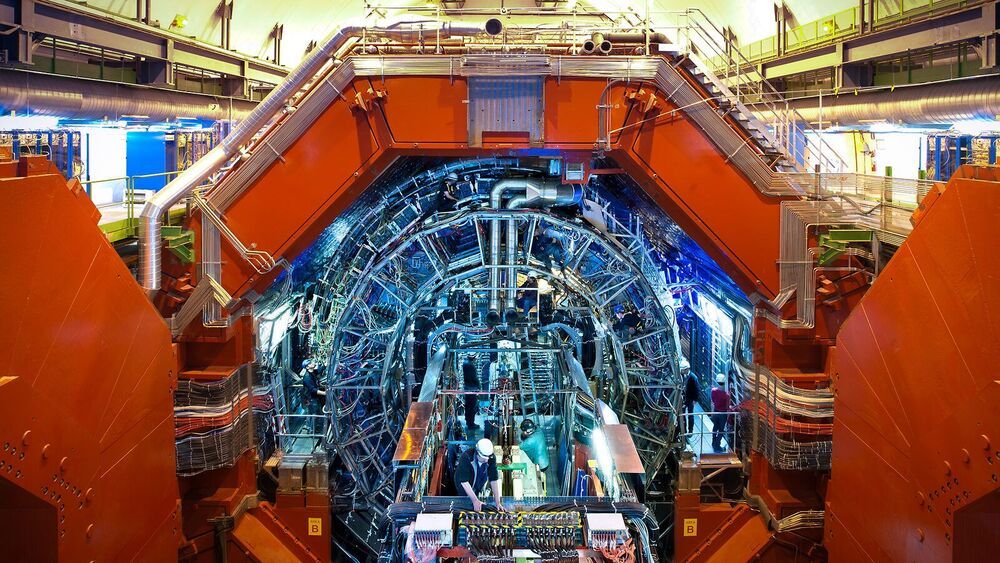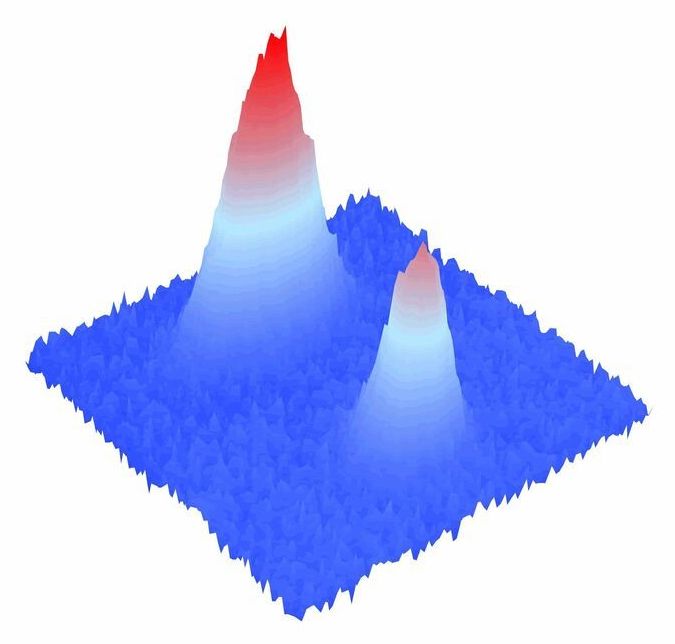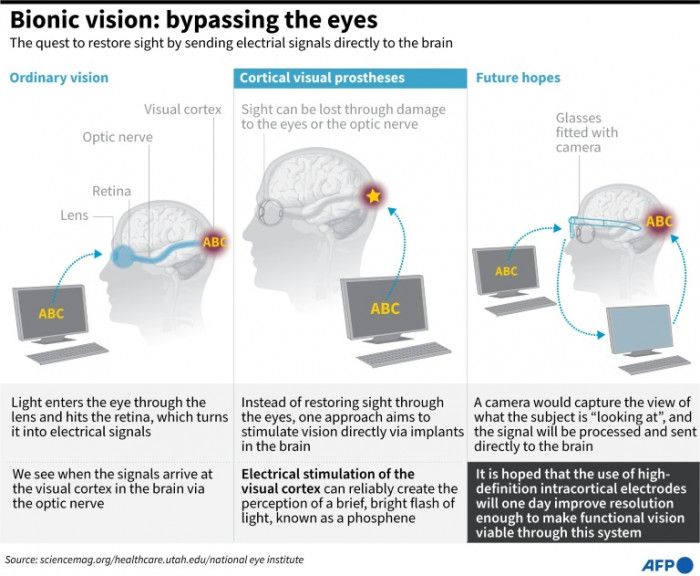Scientists show how quantum computing could be a game-changer in our understanding of quantum processes.



Michigan State University researchers have discovered that one of the most important reactions in the universe can get a huge and unexpected boost inside exploding stars known as supernovae.
This finding also challenges ideas behind how some of the Earth’s heavy elements are made. In particular, it upends a theory explaining the planet’s unusually high amounts of some forms, or isotopes, of the elements ruthenium and molybdenum.
“It’s surprising,” said Luke Roberts, an assistant professor at the Facility for Rare Isotope Beams and the Department of Physics and Astronomy, at MSU. Roberts implemented the computer code that the team used to model the environment inside a supernova. “We certainly spent a lot of time making sure the results were correct.”

JILA researchers have developed tools to “turn on” quantum gases of ultracold molecules, gaining control of long-distance molecular interactions for potential applications such as encoding data for quantum computing and simulations.
The new scheme for nudging a molecular gas down to its lowest energy state, called quantum degeneracy, while suppressing chemical reactions that break up molecules finally makes it possible to explore exotic quantum states in which all the molecules interact with one another.
The research is described in the Dec. 10 issue of Nature. JILA is a joint institute of the National Institute of Standards and Technology (NIST) and the University of Colorado Boulder.

For decades, one material has so dominated the production of computer chips and transistors that the tech capital of the world—Silicon Valley—bears its name. But silicon’s reign may not last forever.
MIT researchers have found that an alloy called InGaAs (indium gallium arsenide) could hold the potential for smaller and more energy efficient transistors. Previously, researchers thought that the performance of InGaAs transistors deteriorated at small scales. But the new study shows this apparent deterioration is not an intrinsic property of the material itself.
The finding could one day help push computing power and efficiency beyond what’s possible with silicon. “We’re really excited,” said Xiaowei Cai, the study’s lead author. “We hope this result will encourage the community to continue exploring the use of InGaAs as a channel material for transistors.”


Researchers have found a way to protect highly fragile quantum systems from noise, which could aid in the design and development of new quantum devices, such as ultra-powerful quantum computers.
The researchers, from the University of Cambridge, have shown that microscopic particles can remain intrinsically linked, or entangled, over long distances even if there are random disruptions between them. Using the mathematics of quantum theory, they discovered a simple setup where entangled particles can be prepared and stabilized even in the presence of noise by taking advantage of a previously unknown symmetry in quantum systems.
Their results, reported in the journal Physical Review Letters, open a new window into the mysterious quantum world that could revolutionize future technology by preserving quantum effects in noisy environments, which is the single biggest hurdle for developing such technology. Harnessing this capability will be at the heart of ultrafast quantum computers.
The first PC performance benchmarks for Cyberpunk 2077 have been revealed and its one hell of a demanding title for NVIDIA & AMD GPUs.

Quantum computing startup IonQ today announced its road map for the next few years — following a similar move from IBM in September — and it’s quite ambitious, to say the least.
At our Disrupt event earlier this year, IonQ CEO and president Peter Chapman suggested that we were only five years away from having desktop quantum computers. That’s not something you’ll likely hear from the company’s competitors — who also often use a very different kind of quantum technology — but IonQ now says that it will be able to sell modular, rack-mounted quantum computers for the data center in 2023 and that by 2025, its systems will be powerful enough to achieve broad quantum advantage across a wide variety of use cases.
In an interview ahead of today’s announcement, Chapman showed me a prototype of the hardware the company is working on for 2021, which fits on a workbench. The actual quantum chip is currently the size of a half-dollar and the company is now working on essentially putting the core of its technology on a single chip, with all of the optics that make its system work integrated.

For the longest time, Google’s new Fuchsia operating system remained a bit of a mystery — with little information in terms of the company’s plans for it, even as the team behind it brought the code to GitHub under a standard open-source license. These days, we know that it’s Google’s first attempt at developing a completely new kernel and general purpose operating system that promises to be more than just an experiment (or a retention project to keep senior engineers from jumping ship). For the most part, though, Google has remained pretty mum about the subject.
It seems like Google is ready to start talking about Fuchsia a bit more now. The company today announced that it is expanding the Fuchsia open-source community and opening it up to contributions from the public. Typically, companies start opening up their open-source projects to outside contributors once they feel they have achieved a stable foundation that others can build on.
“Starting today, we are expanding Fuchsia ‘s open source model to make it easier for the public to engage with the project,” the team writes. “We have created new public mailing lists for project discussions, added a governance model to clarify how strategic decisions are made, and opened up the issue tracker for public contributors to see what’s being worked on. As an open source effort, we welcome high-quality, well-tested contributions from all. There is now a process to become a member to submit patches, or a committer with full write access.”

WASHINGTON: Scientists are a step closer to restoring vision for the blind, after building an implant that bypasses the eyes and allows monkeys to perceive artificially induced patterns in their brains.
The technology, developed by a team at the Netherlands Institute for Neuroscience (NIN), was described in the journal Science on Thursday.
It builds on an idea first conceived decades ago: electrically stimulating the brain so it “sees” lit dots known as phosphenes, akin to pixels on a computer screen.